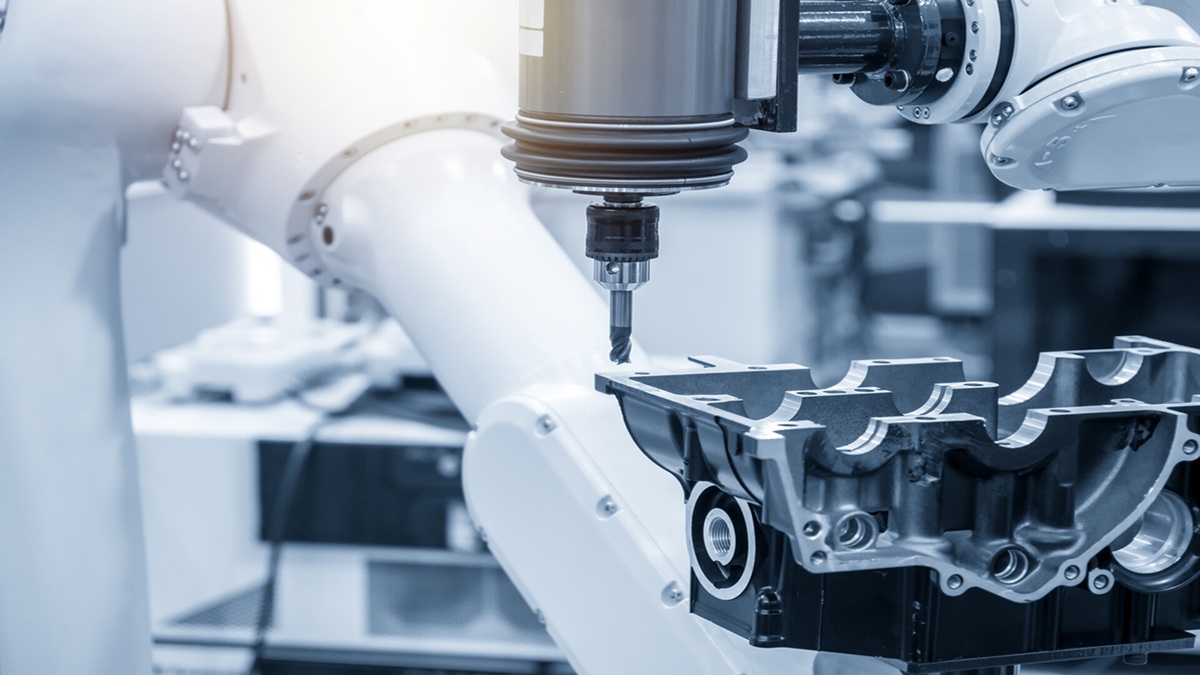In the current wave of Industry 4.0, Artificial Intelligence (AI) has become the core force driving the transformation of manufacturing, and the machine tool industry is no exception. This is not just a technological upgrade but a paradigm shift from “automation” to “autonomy.” As AI technologies continue to mature and expand their application scenarios, machine tools are moving into a new stage of smart manufacturing and autonomous learning, comprehensively reshaping the industry model from design and scheduling to maintenance and inspection.
Digital Twin Accelerates Machine Tool Development
The introduction of AI is rapidly changing every aspect of the machine tool industry. According to the 2025 Industrial Robot Market Report by the International Federation of Robotics (IFR), the demand for robots with AI-enabled vision systems and collaborative capabilities continues to rise, showing that the wave of intelligence has deeply influenced equipment design, manufacturing processes, and maintenance.
In the development stage, AI algorithms learn from historical data and engineering specifications to automatically optimize tool path planning and even generate part designs based on requirements, significantly shortening development cycles. Siemens’ Digital Twin technology, for example, combines AI-driven virtual simulations to predict potential issues in the machining process and make corrections, reducing physical prototyping costs while ensuring high-precision machining quality. Beyond virtual simulation, AI combined with ERP and Digital Twin can even provide real-time guidance during actual production. By feeding back on-site data through smart devices, it provides operational guidance to workers.
Beyond Trial and Error: Building Optimal Smart Production Scheduling
Traditional production scheduling heavily relies on experience, lacking flexibility and real-time responsiveness. AI-driven smart scheduling systems can simultaneously analyze multiple dimensions of data, including order progress, equipment status, and material inventory, dynamically adjusting production plans to achieve optimized resource allocation.
In actual machining, AI-integrated sensors monitor parameters such as cutting force, temperature, and vibration. These parameters are analyzed in real time through deep learning models to compensate for errors and adjust strategies, ensuring product quality consistency. Such systems show significant advantages in high-precision and complex part manufacturing, such as in the aerospace industry.
Predictive Maintenance: Saying Goodbye to Unexpected Downtime
AI systems with autonomous decision-making capabilities are propelling machine tools toward the era of “autonomous learning.” Predictive maintenance is one of the most representative applications: by analyzing sensor data such as vibration, current, and temperature during equipment operation, the system can predict component wear or potential failures, issue early warnings, and schedule maintenance in advance, thus reducing the risk of sudden downtime.
Building a Smart Inspection Quality Defense Line
AI also transforms quality inspection from passive checking to proactive prevention. High-resolution visual recognition combined with machine learning can detect subtle defects during machining in real time and immediately feed this information back to the control system, automatically adjusting machining parameters and reducing defect rates at the source. This real-time quality defense line helps improve production yield and overall efficiency.
Seizing New Opportunities and Challenges in Manufacturing
The rapid development of AI brings enormous momentum for transformation in the machine tool industry. From design automation and production scheduling optimization to high-precision machining and predictive maintenance, AI is accelerating the industry’s shift toward higher levels of intelligence and autonomy.
For manufacturers, actively investing in AI research and integrating it into product design has become a key competitive advantage. For end users, adopting machine tools equipped with AI capabilities means higher efficiency, more stable quality, and lower operational risks.
AI machine tools are not only a technological innovation but also an inevitable direction for industrial upgrading. Future factories will become AI-driven autonomous learning ecosystems, where machines can self-diagnose, self-optimize, and even collaborate seamlessly with other equipment with less human intervention. This new manufacturing model will unleash production potential and open up an unprecedented intelligent era for the manufacturing industry.






.jpg)







